
Welcome to Gregory's Website!!
Hi, I'm
Gregory Zhou
Who Am I?
A silent guardian of the artifacts
A dedicated researcher
A romantic poet
A community service leader
A constant explorer
……
Interested in my journey? Let’s dive in!
Cultural relics at my family collection
Porcelain & Ceramic & Bronze ware
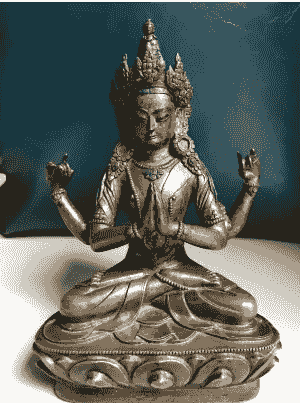
Figure of Buddiha
Qing Dynasty ( ~1800AD )
Figure of Buddiha made in Tang Dynasty which I used as one of the resource in the researching paper about the relationship between buddhism, artifacts, and ecological history
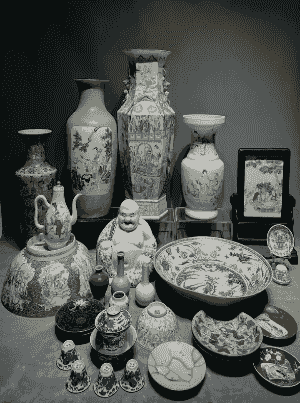
Collection of Ming Qing porcelains
Ming-Qing Dynasty ( ~1600-1800 AD )
A collection of porcelains from Qing and Ming Dynasty. Those artifacts showcase the most well-famous chinese crafts around the world and.
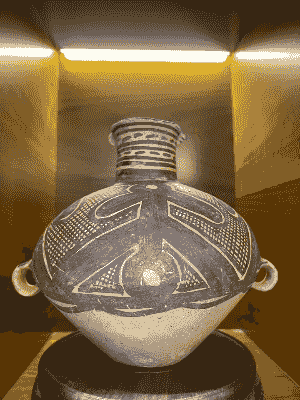
Oldest member of the collection
5000 years ago
The bottle from 5000 years ago, belonging to Majia Kiln culture,it showcases the intellect of chinese ancesters living in yellow river area
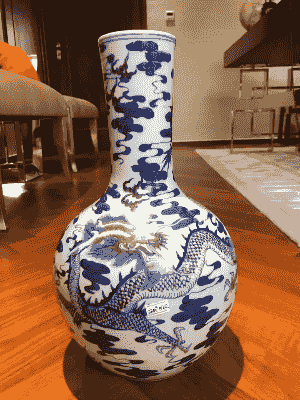
globular shape vase
Qing Dynasty (1760-1840 AD)
The Celestial globe bottle which is one of my favorite porcelains in my study and I involve it in my personal statement
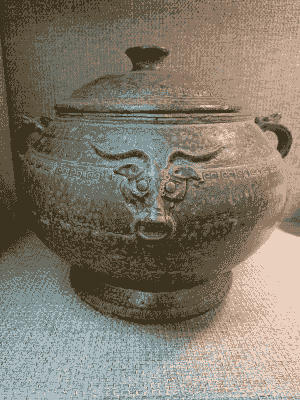
Celadon jars/vats
From Han dynasty (200 BC - 200 AD)
The Proto porcelain from Han dynasty I include in my research paper of proto-porcelain
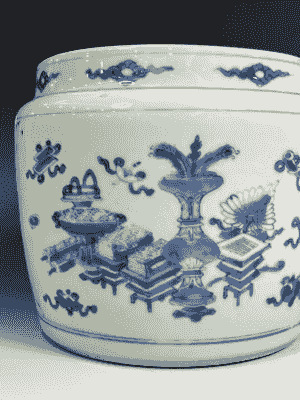
Blue-and-white porcelain jar
Middle Qing Dynasty ( ~1810 AD )
The First porcelain I introduce in my videos. I will keep make videos to introduce more artifacts to people who are not familier with them or their back stories
I've chosen a selection to display, so welcome to this private tour!
MingQing Porcelain Family ( 1600 AD - 1930 AD )
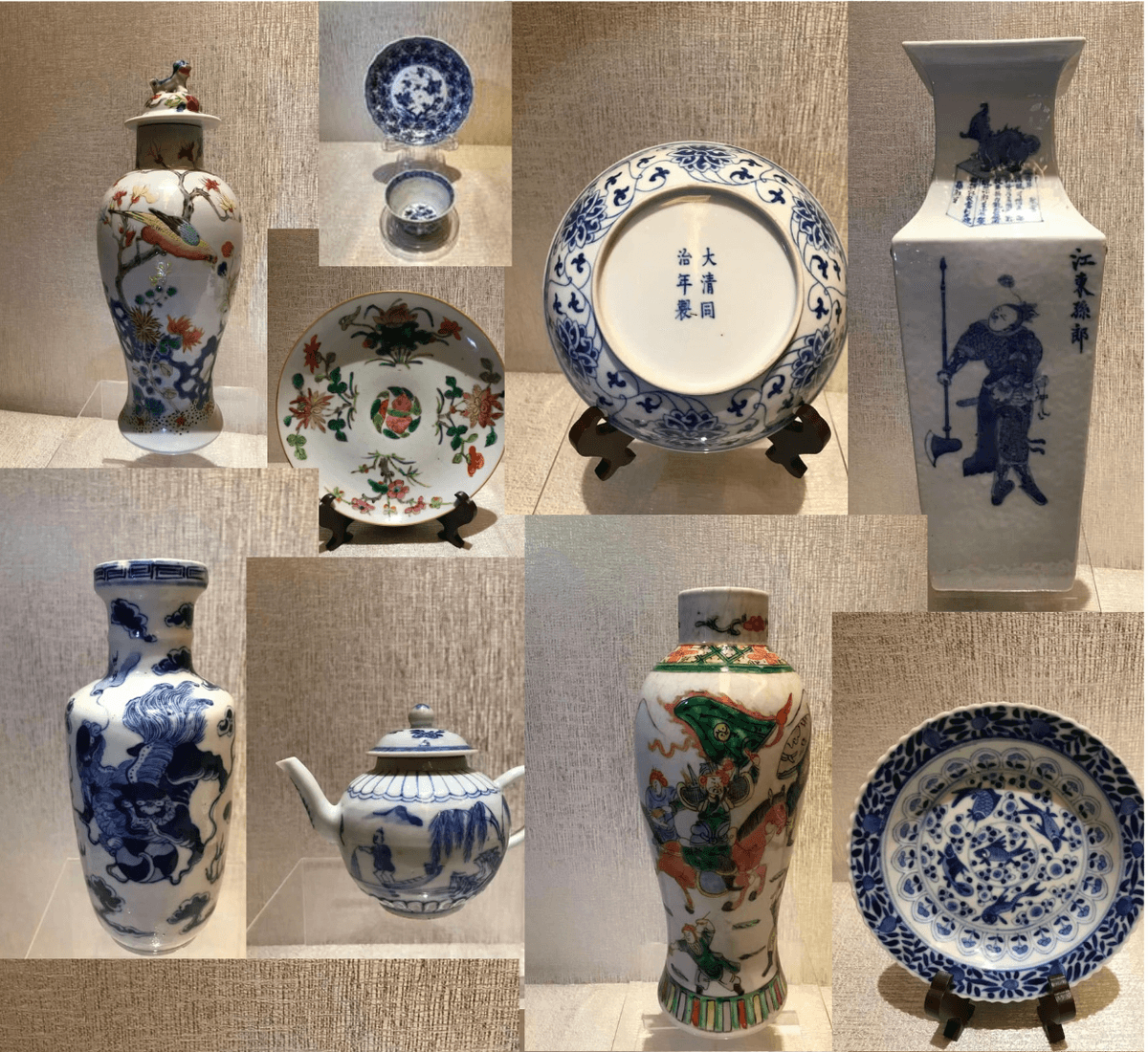
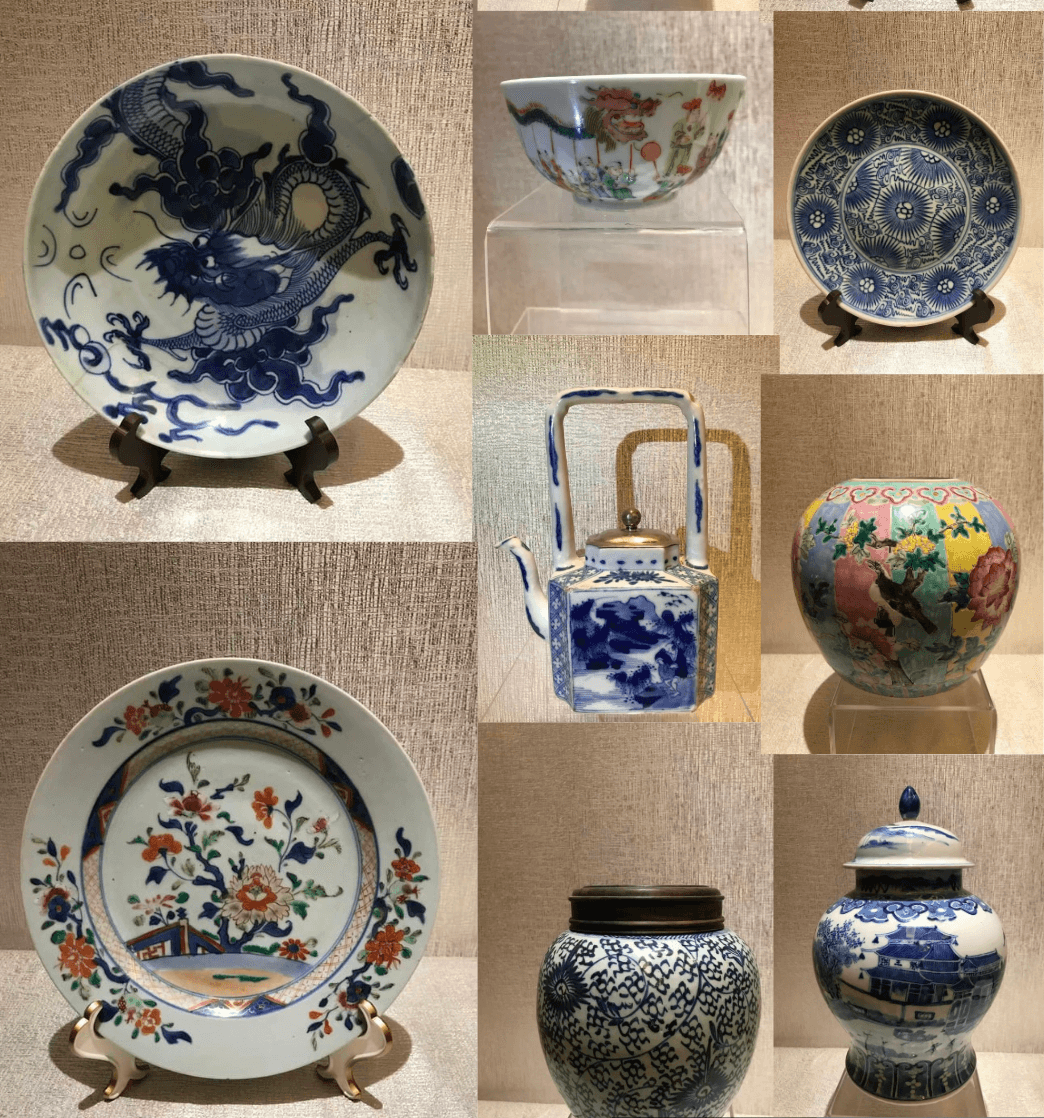
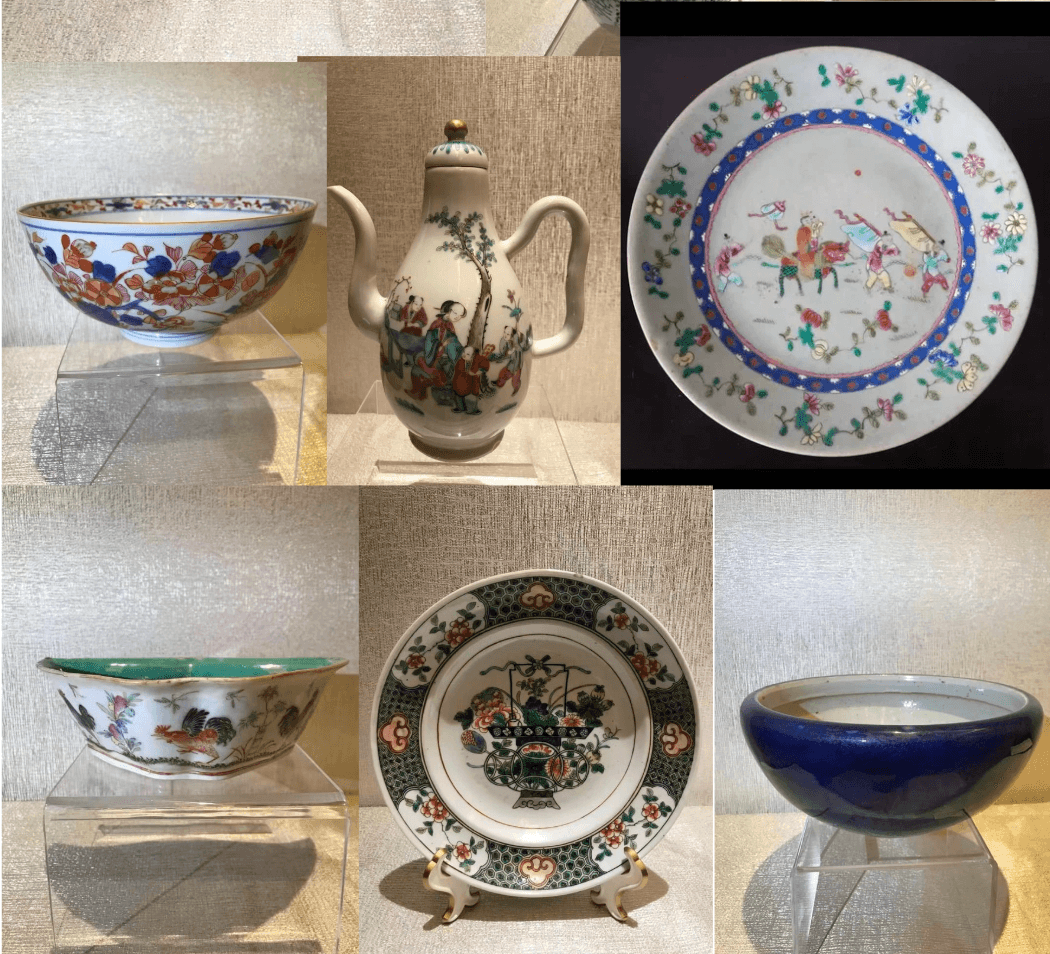
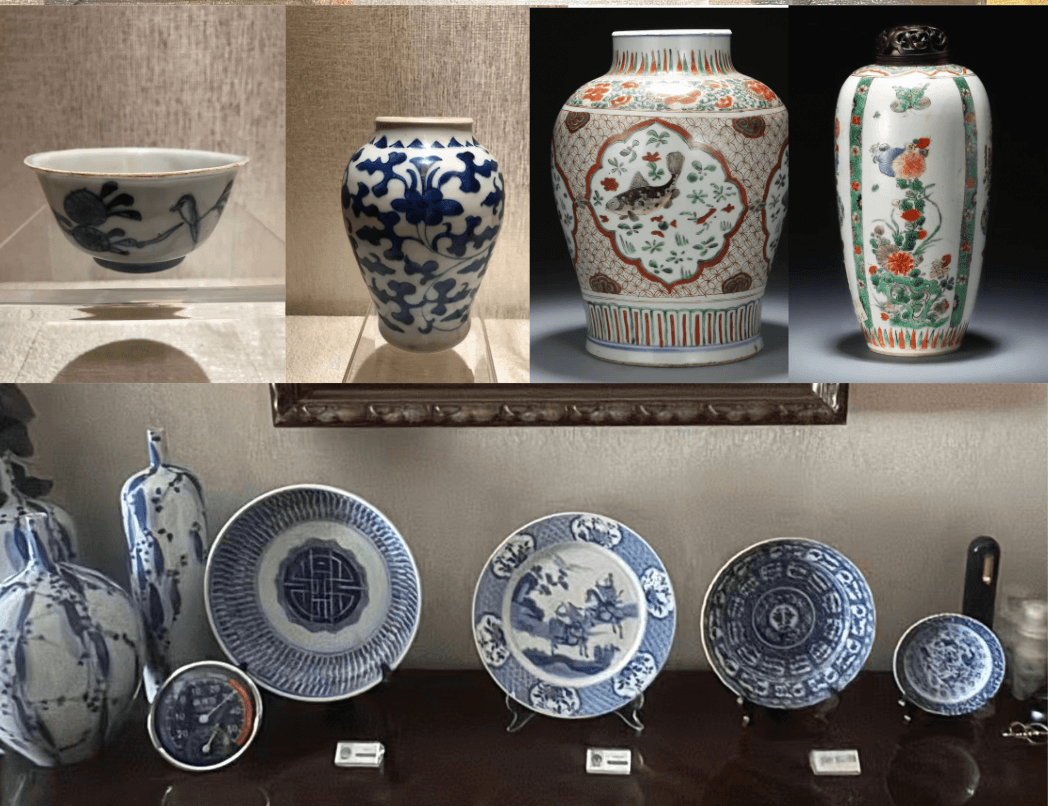
Antique family from Bronze age to Song Dynasty ( 200 BC - 1200 AD )
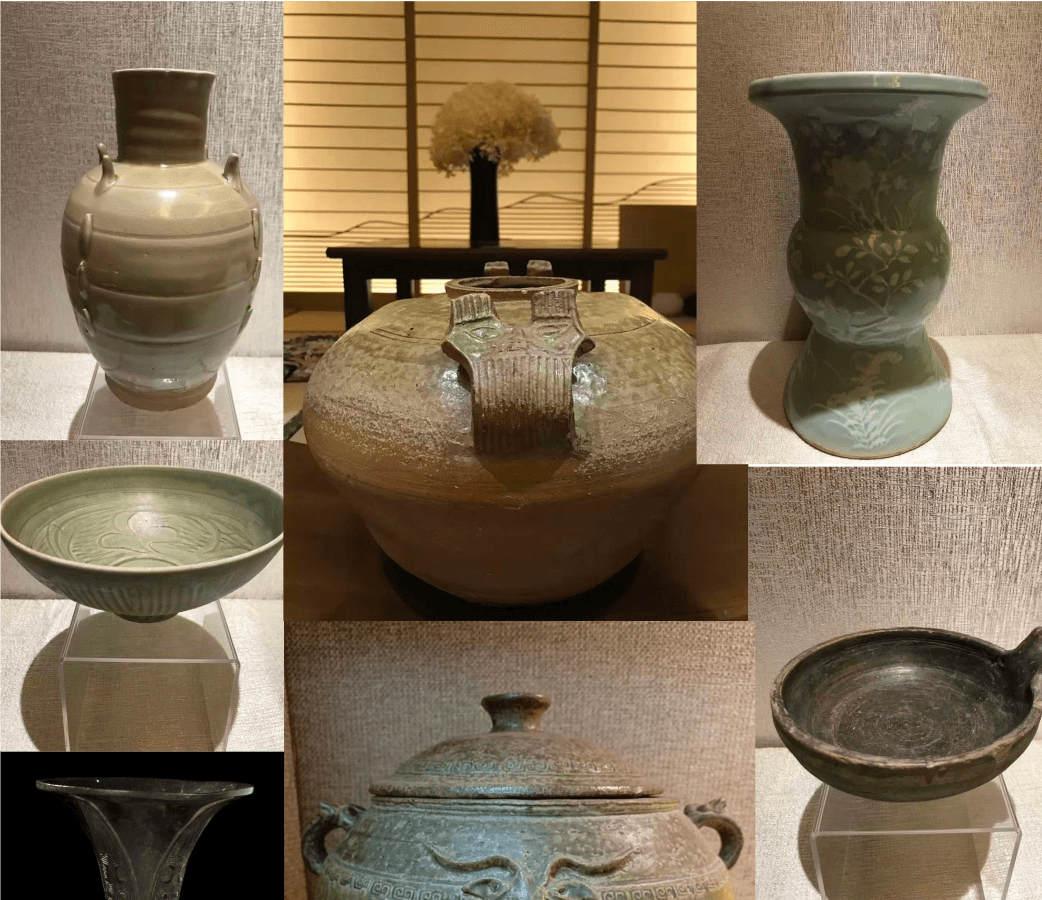
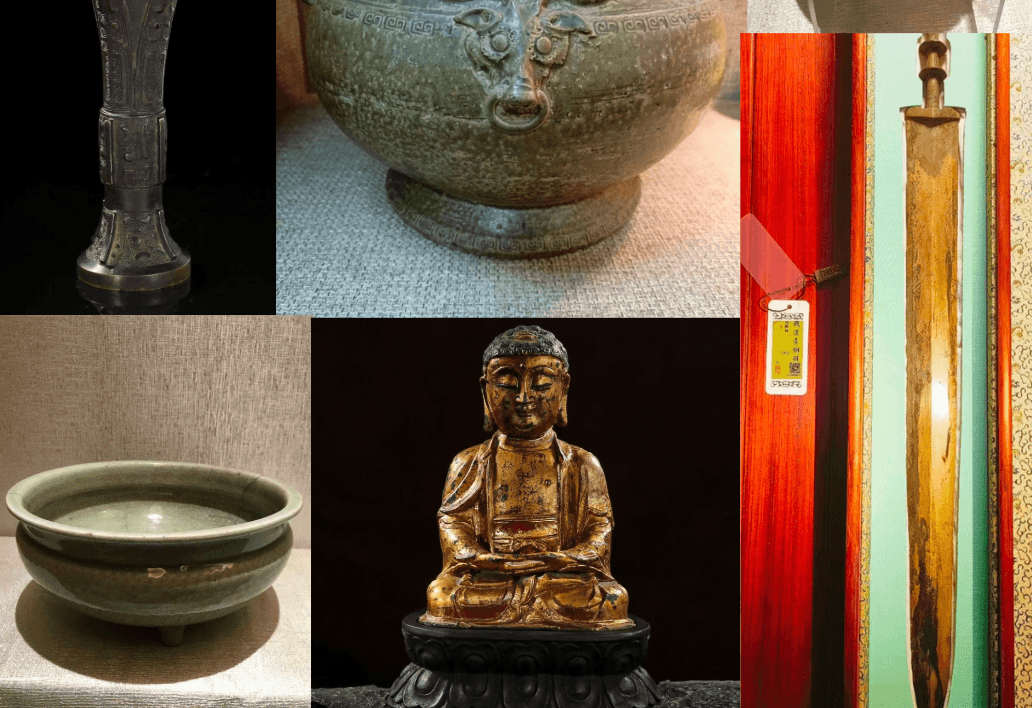
Cultural relics and my life
Antiques are both silent elders and family members
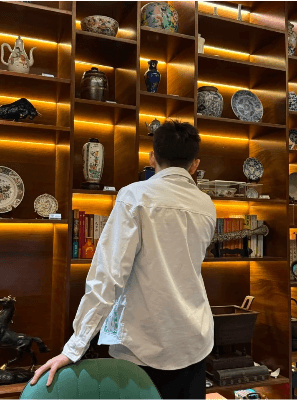
Artifacts have become a seamless part of my daily life. As I often tell my friends and wrote in my college application, these artifacts stand like silent elders in every corner of my house: a Warring States bronze goblet holds my mother’s freshly pruned winter plum blossoms; a Song Dynasty Jian ware tea bowl is my father’s daily drinking vessel; and a Qing Dynasty official’s robe is framed as a hanging scroll in my study. Each day at home, I dedicate time to researching them, sometimes focusing deeply on just one. Every Sunday, I spend two hours carefully wiping each artifact. This has been my family responsibility and one of my most important habits since the 9th grade.
I will also talk with my father and visit an auction house with him to research antiques from different dynasties. For me, cultural artifacts are not distant objects separate from my life. They are my morning, my afternoon, and my evening. They fill every corner of my life and serve as a bond between my family and me. When I face obstacles in my life, I turn to those family members who are always there, waiting for me, never tiring of sharing their lifelong stories. They are my family, my friends, my confidants—the people who reward me with their association and inspire me to protect their legacies and uncover the stories behind them. My father always likes to respond to all of my questions and research antiques with me.
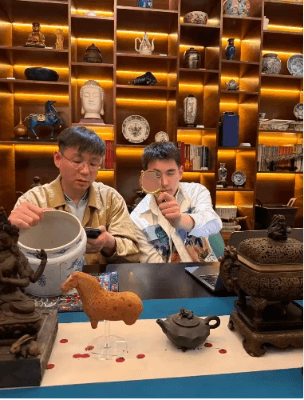
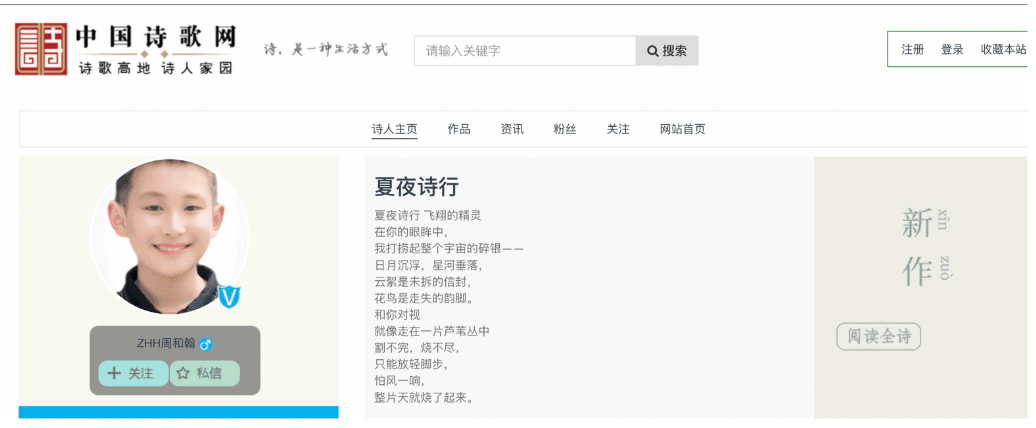
Starting in fifth grade, I began writing poems inspired by the cultural artifacts in my home. To date, I have published over 70 poems on a Chinese poetry website, becoming their youngest poet. Discovering antiques, learning the stories behind them, and weaving those clues into my poetry is the most fascinating thing I have ever done.
Research Journey of artifacts
First stage -- holistic researching artifacts
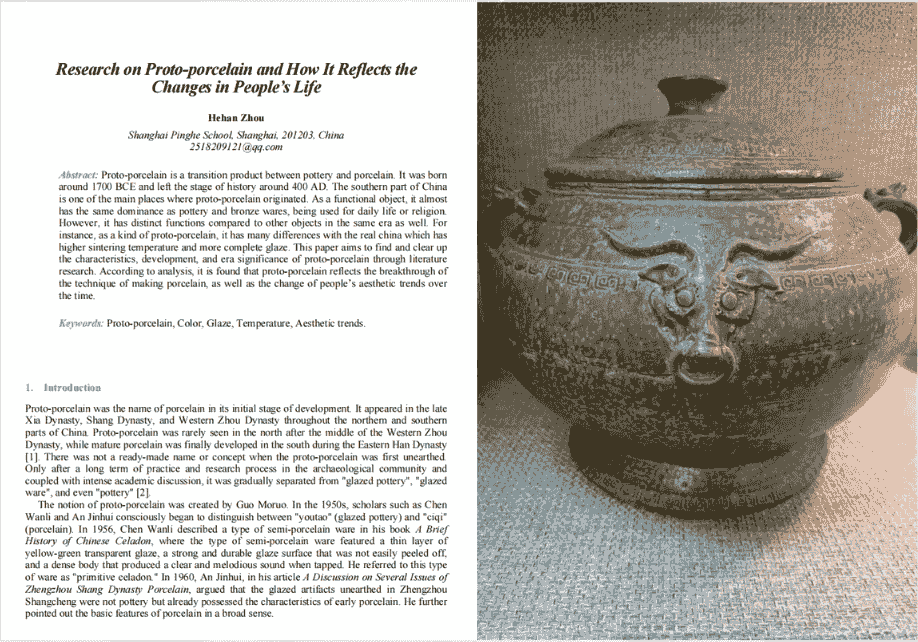
Researching unique characteristics of cultural artifacts
To explore fundamental and unique characteristics of cultural artifacts, I participated in a research program on the 'Bronze Age Civilization' led by Professor Charry, an anthropology professor from Oxford. Through this program, I gained valuable insights into global trends in the transformation of antiques, particularly during the transition from the Bronze Age to the Iron Age—a critical period in the development of cultural artifacts. Building on this research, I wrote a paper titled “Research on Proto-Porcelain and How It Reflects the Changes in People’s Lives,” which explores the characteristics of proto-porcelain, and the reason behind the shift from pottery to porcelain. The paper was published in the journal ICSPHS and is now available on several prominent databases, including Google Scholar and CPCI.
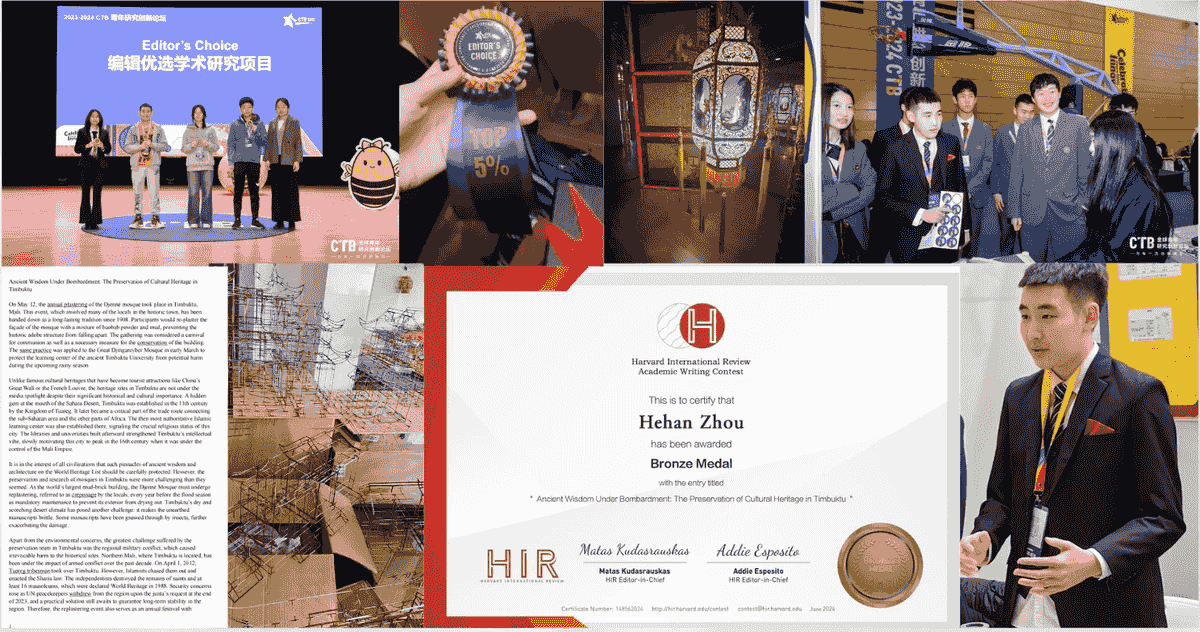
Researching the preservation of antiques both domestically and internationally
After conducting in-depth research on the distinctive features of artifacts from specific time periods, I shifted my focus to their preservation. With this interest, I joined the CTB competition. There, I led my team in researching the preservation of Haining Xiashi lantern craft. Our project ranked in the top 5% and received the Editor's Choice Award out of more than 1,200 teams. Over four months, we conducted field visits, community surveys, data analysis, and paper writing, in addition to delivering an oral defense and completing other complex tasks. Later, expanding my interest beyond Chinese relics, I investigated the preservation of Timbuktu, an ancient city in Mali, for the HIR writing contest. This work earned a Global Bronze Award.
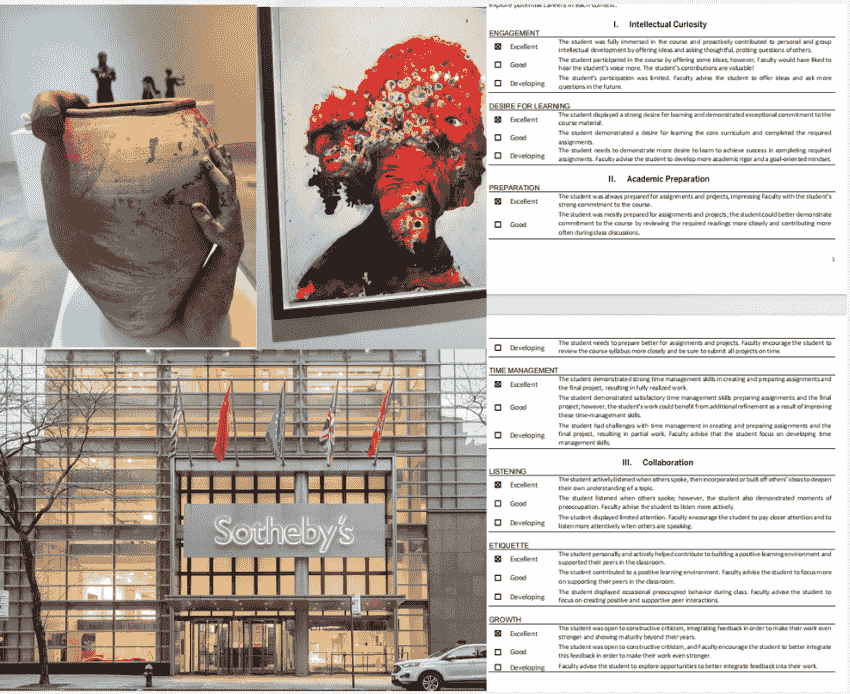
Researching backend industry of antiques: art business in auction house
Having explored the preservation of both domestic and international cultural relics, I began to consider where these artifacts go after being preserved: some enter private collections through art markets such as auction houses, while others are displayed in museums for the public. To explore this further, during the summer after tenth grade, I attended a two-term summer school at Sotheby's Institute of Art. There, I visited Sotheby's auction house—the world’s largest—and over 50 museums, private artist studios, and galleries to understand the role artifacts play in both primary and secondary art markets.
Researching backend industry of antiques: performance of antiques in the museum.
At the same time, I participated in the Pioneer research program, working with Professor Charry from Wesleyan University on a project about inclusive museums—specifically, inclusive museums designed for blind and visually impaired individuals. I also proposed and designed a five sense museum. Finally, I blended five sense museum and other cases in the world to propose the potential way to design inclusive museum in the future to let cultural relics display to more audiences, including those visually impaired people. I wrote a paper on the topic and earned an A, placing in the top 10%. I will also pursue this project in the future.
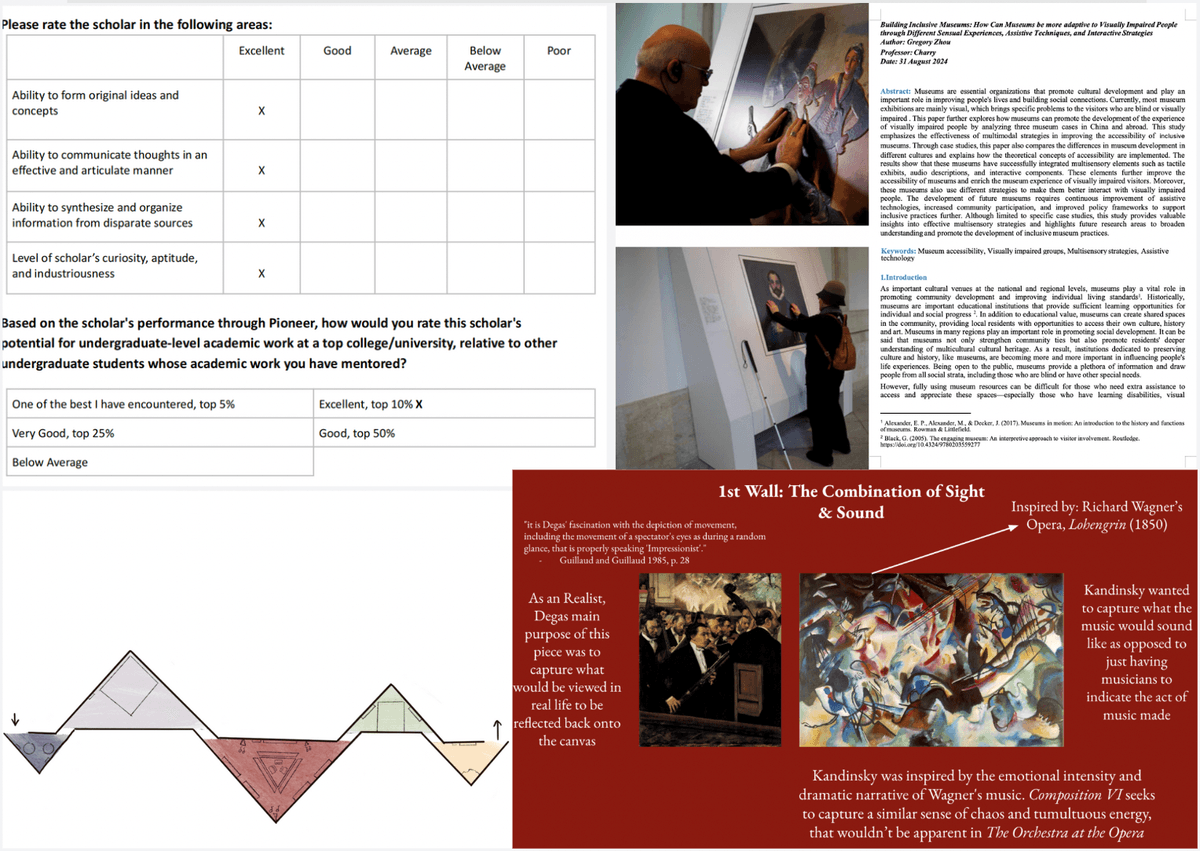
Research Journey of artifacts
Second stage -- using new eye “ecological history perspective to reevaluate antiques and their behind culture
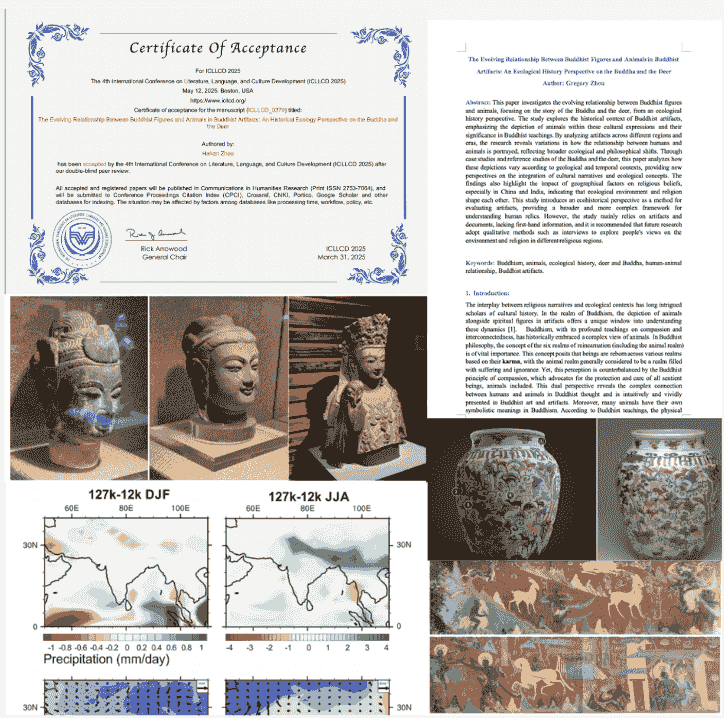
Researching how ecological history relates to Buddhist artifacts
To deepen my knowledge of antiques, I have begun reevaluating everything I know through an “ecological history perspective.” This framework examines how factors like environment, human-nature relationships, chemistry, and geology have influenced antiques. Applying this lens, I spoke with Professor Ma from Shanghai, who specializes in religious and ecological history. I got her tutor and help to research its specific connection to Buddhist artifacts, and finally authored and published an essay on the topic. In the essay, I analyzed how the change of climate caused the change of depiction of buddhist artifacts in Dunhuang area and people's religious system.
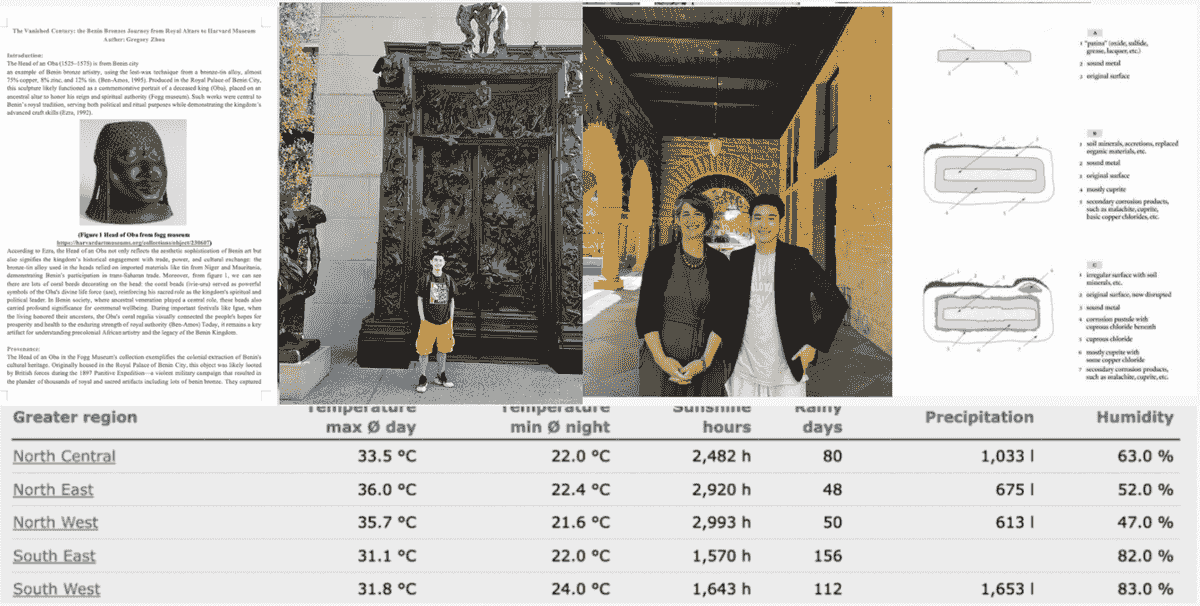
Researching how climate and chemistry environment influences the restitution of cultural relics in a ecological history perspective
During the summer, I attend the SSHI summer program in order to better research the restitution problem of artifacts, which is the most hot topic in artifacts.
Moreover, during the research, I also think about how to treat the restitution problem through the perspective of a private collector and how does the “ecological history perspective” influence the results of restitution of benin bronze. For example, the high humidity and temperature in Nigeria will make it hard to protect benin bronze which become the excuse for some european museums to refuse the restitution. During the visit at Stanford, I also visit the cantor museum and do the free marketing for the SSHI program.
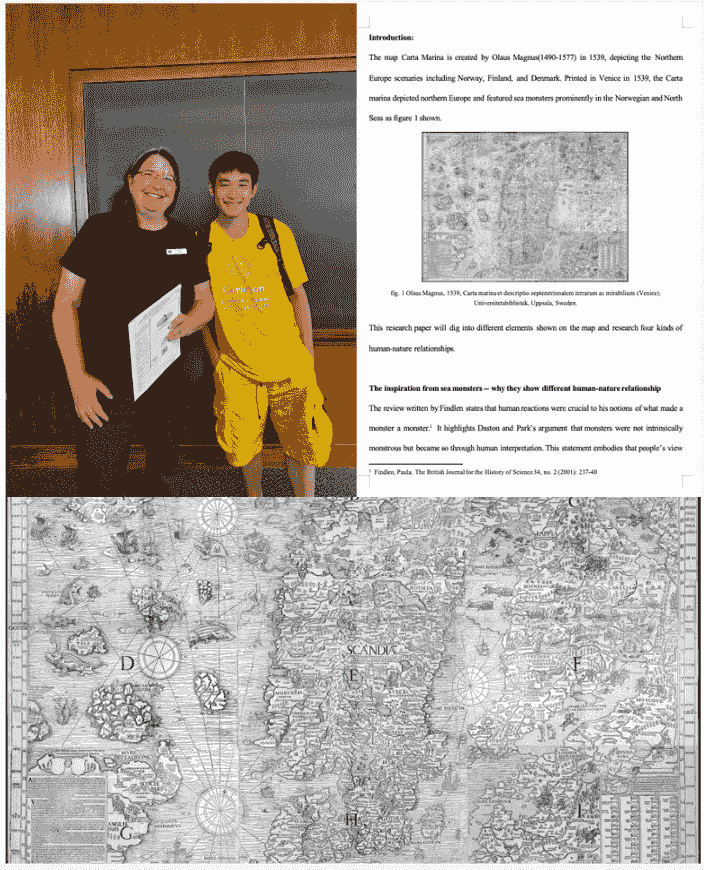
Researching how sea monster on the map reflects four kinds of human-nature relationship
I spent the rest of the summer at Carleton, where I worked with Professor Victoria, an expert in medieval and Renaissance maps. We conducted research on how the sea monsters depicted in these maps reflect human-nature relationships at that time period. Throughout that year, by working with various professors, researchers, and peers from diverse backgrounds, I learned how a wide range of artifacts—from Buddhist sculptures to historical maps—as well as issues like the restitution of antiquities, are connected to an ecological history perspective. I will dig into this field in the future, as nowadays chemistries, geology, human nature relationship, and such ecological historical perspective are increasingly critical in antique research.
Student council leader
Led school-wide events and provided ongoing support to students and clubs.
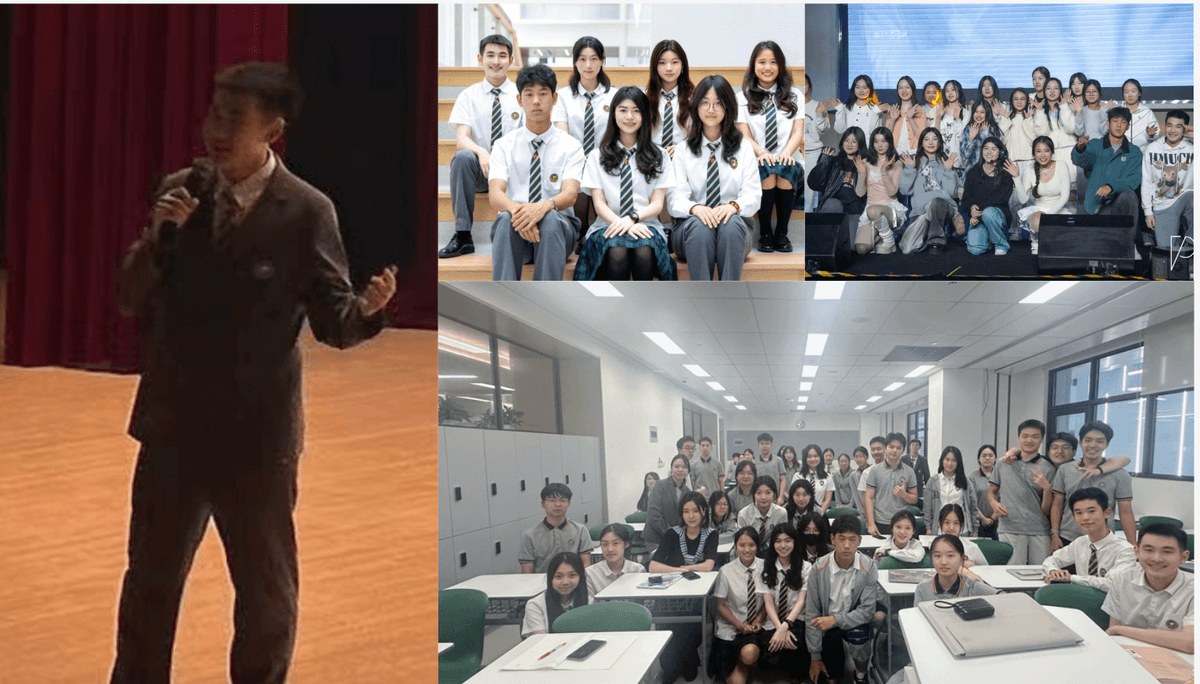
On the campus, I’m the head of the student Union Planning Department. I started working in the Planning Department in Grade 10 and was elected as the department leader in Grade 11. As the leader, I Rrecruited 7 members, cwith diverse skills out of 60 applicants and assigned them separate tasks. I oordinated with other departments, organized school events like( Jumbo Party (JP), Music Festival, Quick Flashing, and School Anniversary, etc.), and managed the budgets (e.g. ensuring that the JP staging cost was under our budget). Collected and implemented student feedback. Established a new school website which managed and advertised about 120 clubs.
Class president
Manage class affairs & make innovative activities each semester & represent the class to participate into some school activities
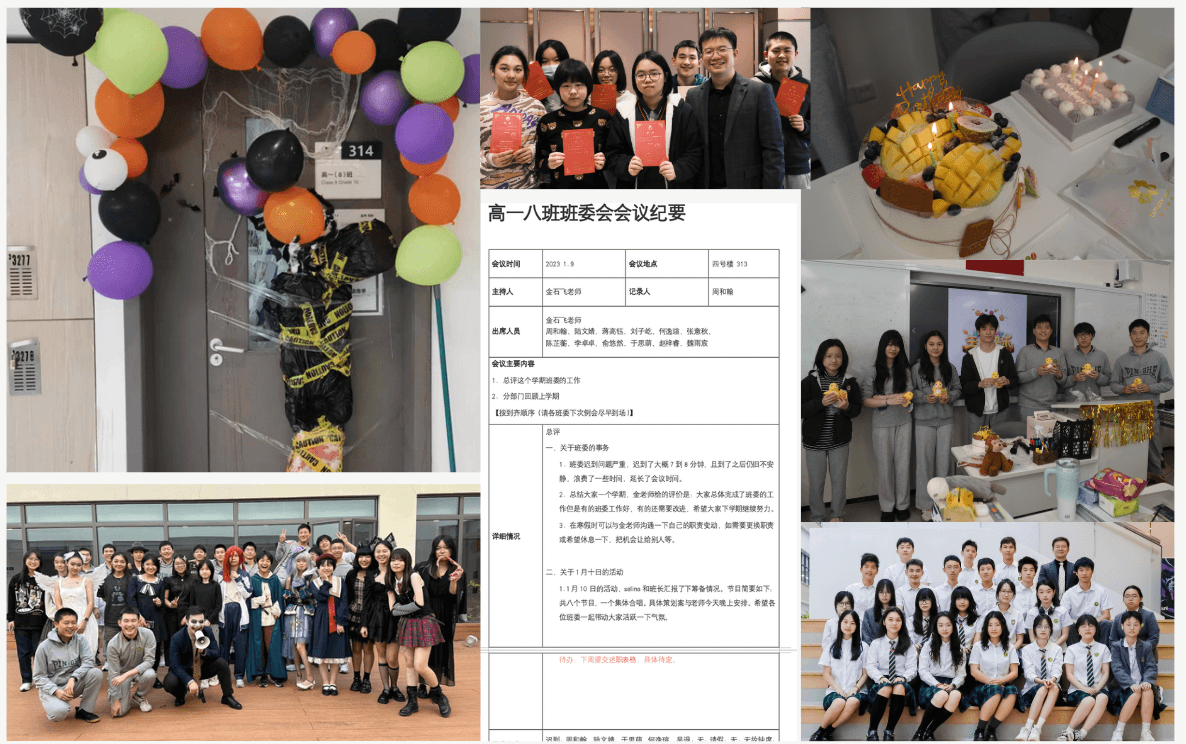
In addition to my work on the student council, I also serve as the class president. I was elected to this position from a pool of 12 candidates. As class president, I am responsible for organizing seasonal birthday parties and preparing personalized presents for my classmates, such as custom poems. I also manage the class budget, coordinate decorations, and plan various class activities. Furthermore, I represent our class at campus-wide events.
Club leader for both badminton and swimming club
Provide training and a place to both exercise and make friends for students on campus & make over-campus competition to improve the sports spirits

In our school, I am the leader of both the Swimming Club and the Badminton Club. As a sports club leader, I regularly organize activities, collaborate with other clubs, and arrange competitions with sports teams from other schools. For example, I organized a badminton competition with Shanghai QiBao Dwight High School. To help students recover better and avoid potential injuries during exercise, I collaborated with the "Physical Therapy and Rehabilitation Club" to teach members basic emergency response skills and muscle recovery techniques. I also participated in the fencing club, as I have practiced foil fencing since fourth grade.
Using music as my voice
Classical music players, music as a way to find inner stillness and make friends

I started playing the piano at a very young age. I have always put great effort into carefully studying the music and understanding the deeper meaning of each piece. This dedication led me to win 1st Prize and the Best Skill Award in the 2023 International Youth Art Competition, where I competed against over 1,000 participants. In the quarter-final, I performed Beethoven's Sonata No. 1 in F minor, earning a score of 97.33/100 and placing first among all competitors. For me, the piano is now a way to communicate with myself, find inner stillness, and make new friends. Like poetry and sports, playing the piano is my window to the world.
Poetry
From the youngest poet on Chinese poem website to the founder of
Chinese poem club to the society
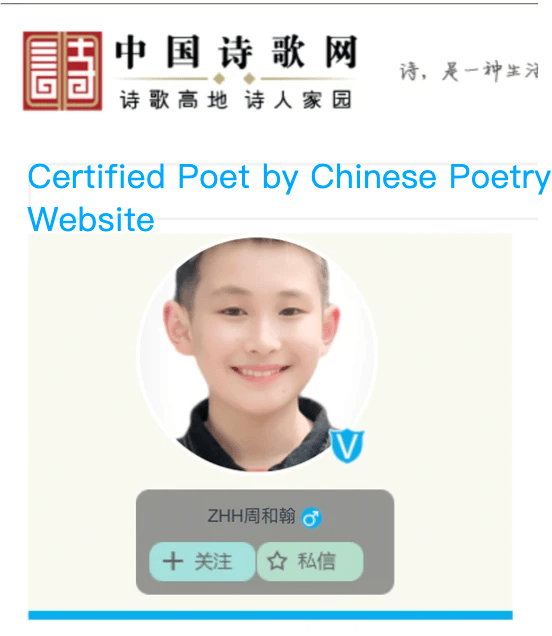
I am the youngest poet on a Chinese poetry website, having published over 70 poems since the 5th grade. Poetry is a part of my life and how I see the world. In my poems, I freely express my insights, reflections, thoughts, and emotions. During my summer school at SSHI, I participated in the creative writing session, where I wrote and shared a poem about shadows. I also write poems for my classmates, friends, and relatives as a way to deeply express my emotions and strengthen our friendships.
I established the Chinese poetry club at my high school to introduce more people to poetry and encourage them to write poetry. With my core team, I organized the “Three-line Love Poetry Competition”, where we collected over 120 poems. Next year, we will publish a poetry collection, and create physical products like calendars or notebooks that feature these works. Through voting from the whole campus, the Chinese poetry club has become the youngest famous club among 120 clubs.
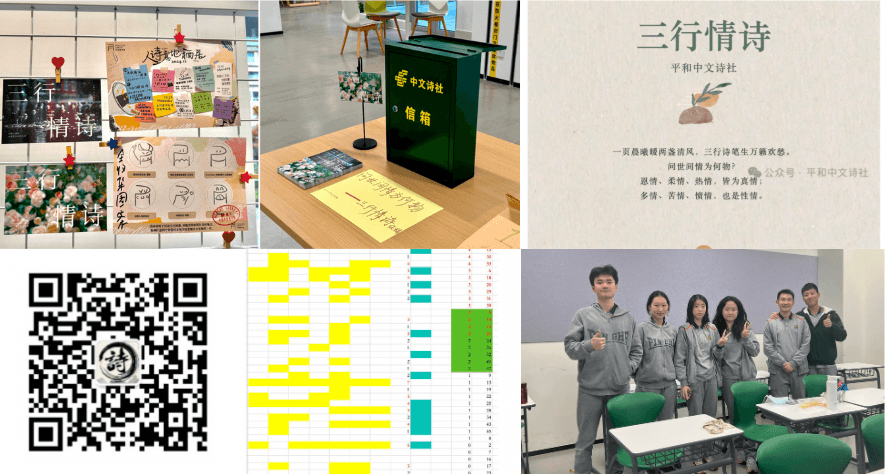
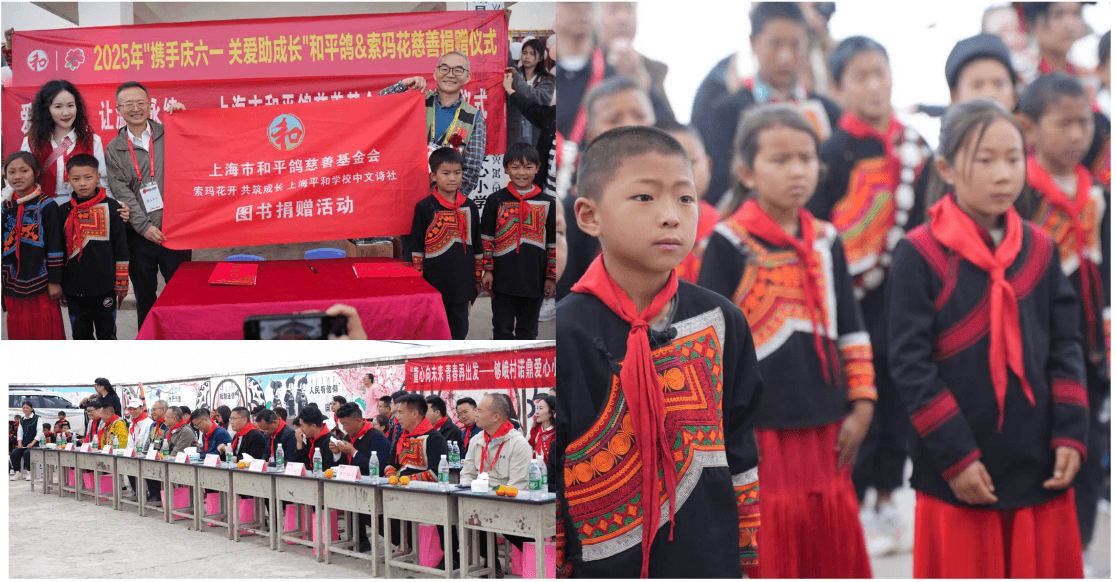
To bring the power of poetry to children in remote areas, the Chinese Poetry Club collaborated with the Shanghai Peace Dove Charity. We collected more than 200 books from the campus and wrote poems in them. Furthermore, I used the editorial fee I earned from publishing a poem to help a primary school student complete his three years of secondary school.
© 2025





























